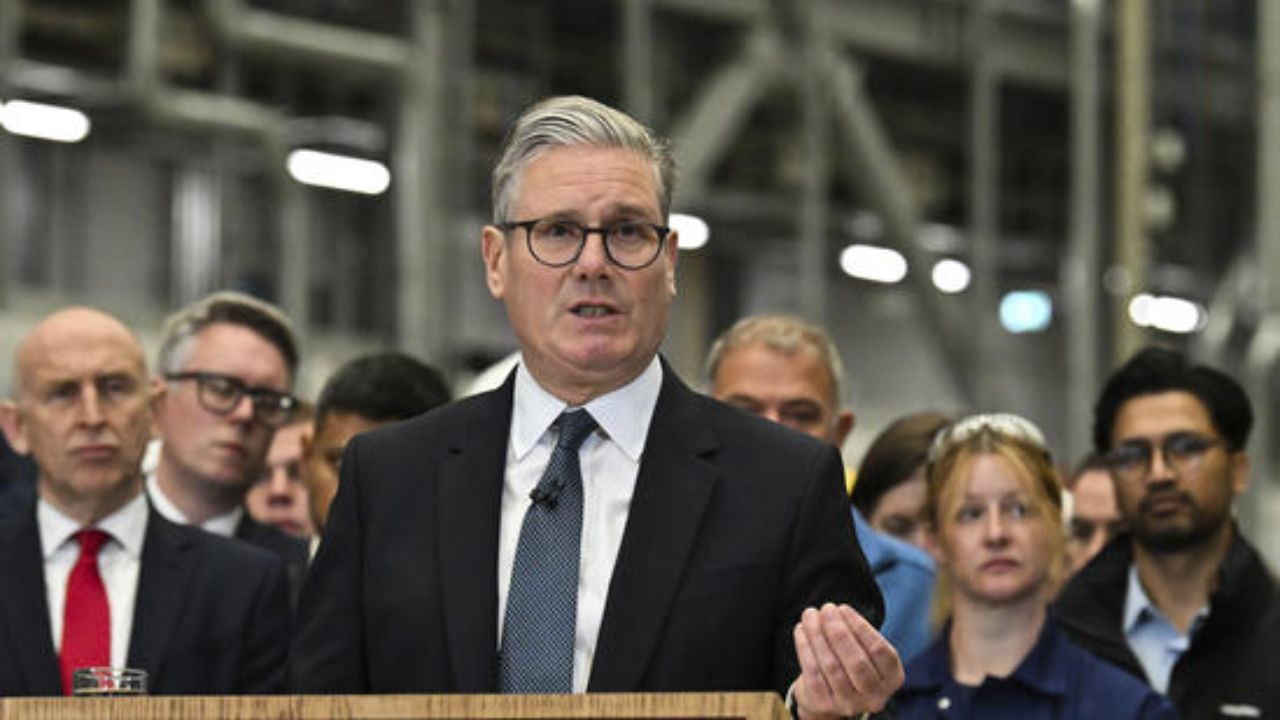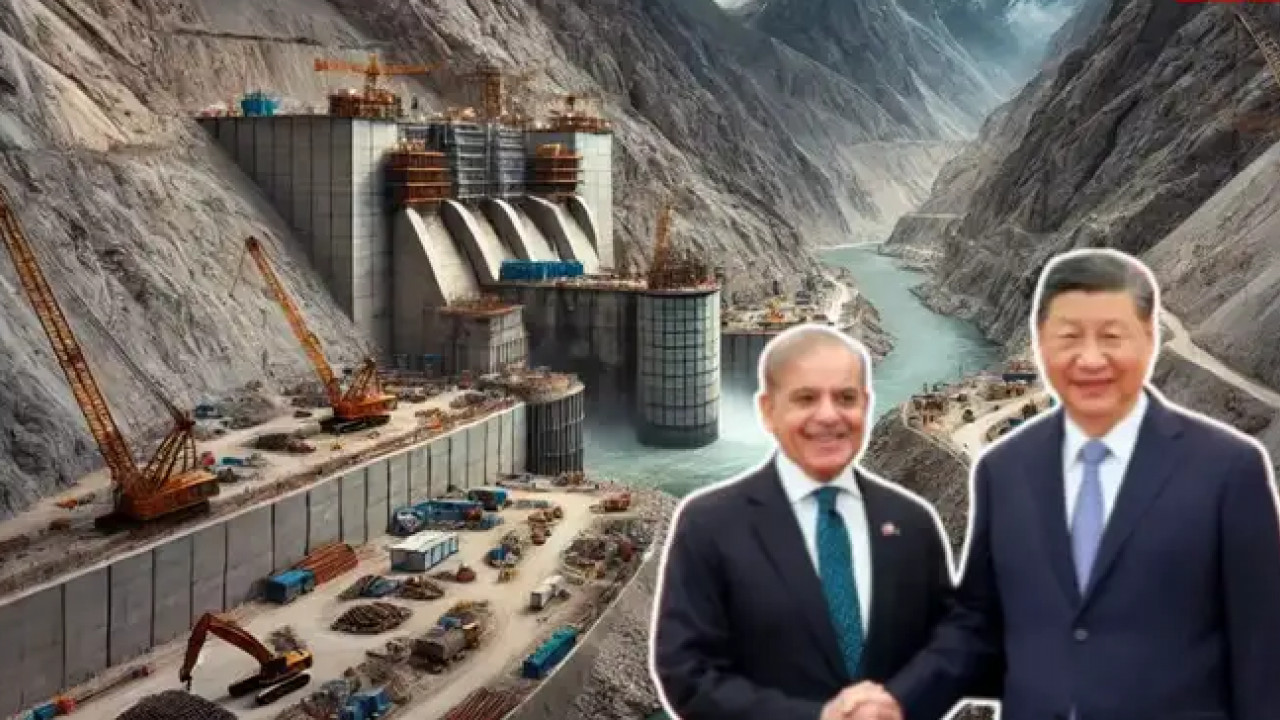In a dramatic policy turn, UK Prime Minister Keir Starmer on Monday unveiled a new defence transformation that seeks to get Britain ready for warfare in the twenty-first century. From BAE Systems' Govan shipyard in Glasgow, where he addressed an audience of shipyard workers, Starmer painted a picture of "war-fighting readiness" and reaffirmed Britain's commitment to NATO and global security, marking an end to decades of military reductions.
Three pillars of the new defence strategy
- The new defence strategy is founded on three key goals:
- Taking the UK to a state of full war-fighting readiness.
- Making the NATO alliance and Britain's position in the world stronger.
Being the fastest innovator in peace-time defence change.
Starmer emphasized, "When we are under direct threat from states with advanced armed forces, the most effective means of deterrence is to be prepared."
Next-gen submarines and long-range weapons
A centerpiece of the plan is 12 new non-nuclear-armed, nuclear-powered submarines to replace the existing seven. The ships will cruise international waters as a demonstration of strength and strategic deterrence.
Also included is new plant construction for new munitions and the purchase of up to 7,000 long-range weapons of British manufacture, increasing local production and operational capability.
Cyber and electromagnetic command
In light of recent cyberattacks on British military infrastructure, Starmer revealed the establishment of a Cyber and Electromagnetic Command. This specialized unit will protect Britain's digital defence and contain hybrid warfare threats from state actors such as Russia.
A clear message to Russia and Donald Trump
The declaration serves as a geopolitical statement. As Russia postures aggressively in Eastern Europe, the UK military build-up is a direct threat. It also acts as a response to the criticism of NATO members overdependence on American defence from former US President Donald Trump. Starmer was unequivocal: "We will never fight alone. Our defence policy will always be NATO-first."
Britain reverses military decline
For decades, Britain incrementally reduced its military after the Cold War. Starmer's new strategy is a historic turnaround, reasserting Britain's international military influence. In February 2025, the Labour administration had already committed to increasing defence expenditure to 2.5% of GDP by 2027 now, it's actually doing it.
Britain's largest contribution to NATO ever
Describing it as "the biggest contribution to NATO since its formation," Starmer's strategy seeks to put Britain at the heart of the Western alliance's military strategy. With increased autonomy in weapons production, more powerful naval capabilities, and digital defence upgrades, the UK is seeking to be safe at home and powerful abroad.













